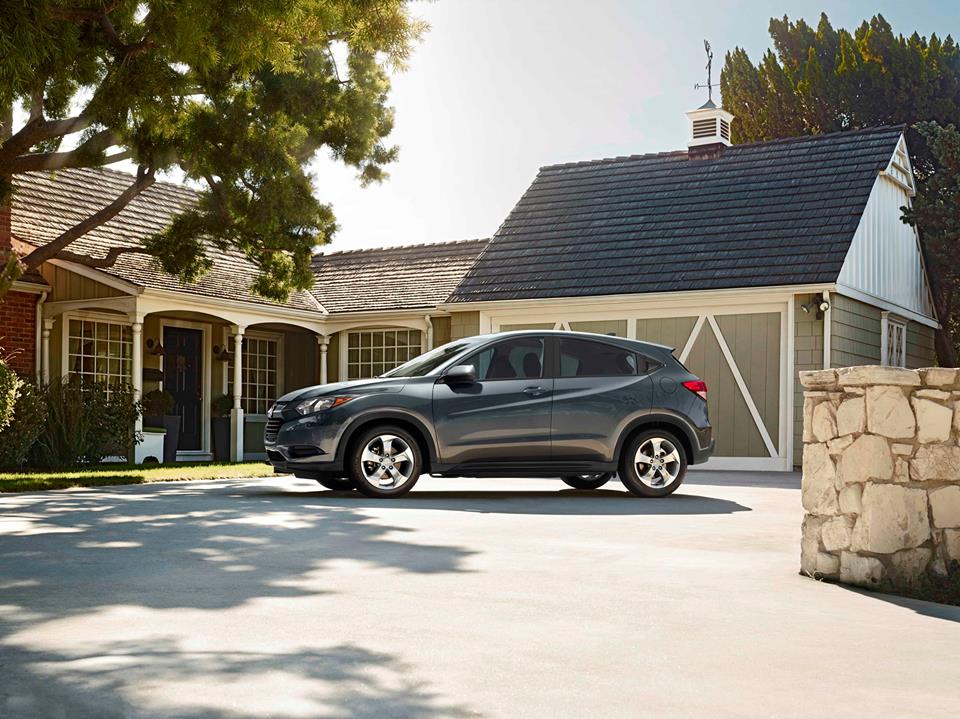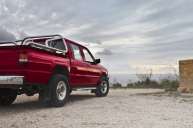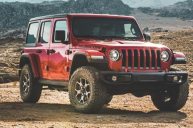After a few years of downturn in the American auto industry, analysts are predicting a bright future.
Anyone with their finger on the pulse of the American auto industry might have seen things like slow sales numbers, declining interest in passenger cars, slipping pickup sales, teens not getting their driver's licenses, ride sharing and TNCs taking over, etc. But even with lifestyle trends impacting the industry and Book of Revelation-type storms smashing into our Third Coast, some see the dawning of a boom in the American auto industry about to come.
Scaling Out
Sales saw a decline (again) in 2017, finishing about 1.5 percent lower than in 2016. This trend has now expanded to three years in a row of dwindling numbers. Throw in Hurricanes Harvey, Irma, and Maria, and growing dependence and interest in ride-sharing, and you have a recipe for fewer cars sold in America.
But data researchers over at Autodata Corp. show it hasn't been as bad as it was during the Great Recession, and the fall of 2017 actually saw more cars sold than previously estimated at 17.5 million units.

Hyundai
Big hitters like Nissan saw an 18 percent gain, and pickup trucks and SUVs are the American auto industry's silver linings in the dark clouds. And even though sales are poised to dip again this year, automotive industry execs were already low-balling the sales numbers to take a huge dip to just over 16 million units.
Crossovers Are So Hot Right Now

Facebook: Honda HR-V
Passenger car sales have been tumbling out of favor for a while. But that isn't an across-the-board cancer for the American auto industry as a whole, as consumers are showing a heightened interest for crossovers like Honda HR-V and SUVs like the Ford Escape and Nissan Rogue. Essentially, smaller is better, as long as it's not too small.
What's more, while manufacturers in the American auto industry have been spending more on incentives to bolster deliveries, the average selling price continues to rise for new vehicles. Even though passenger cars may lighten up in terms of traffic, drivers can expect to see smaller crossovers next to them on the highway.
Bet Your Bottom...Wait, No...Bet Your Top Dollar
With a higher demand for SUVs—tech-savvy ones at that—and light trucks comes the opportunity to fill in the gap where other types of cars in the American auto industry have failed. Data from Kelley Blue Book show that prices are on the rise, surging across multiple segments as buyers are going for new vehicles with futuristic tech options, safety, and fuel-efficiency.
While demand for new cars isn't infinite, the American auto industry is essentially experiencing a normal, cyclical downturn. Instead of just completely tanking like 10 years ago, executives, creatives, and engineers are all clambering together to develop forward-thinking vehicles consumers will want to buy.
From tech-heavy options to better gas mileage, consumer confidence and interest are actually fueling the American auto industry. Numbers may not be where most people want them to be, but as a whole we are poised for a big boost in profit margin to keep everything afloat.
Outside of another monstrous hurricane season, the American auto industry looks to push through its slippage in sales. Carmakers have always known what to do when sales are great, and now they can navigate how to handle decline much better than before.
NEXT: Add 200,000+ More Ram Trucks To Its Latest Recall
WATCH




